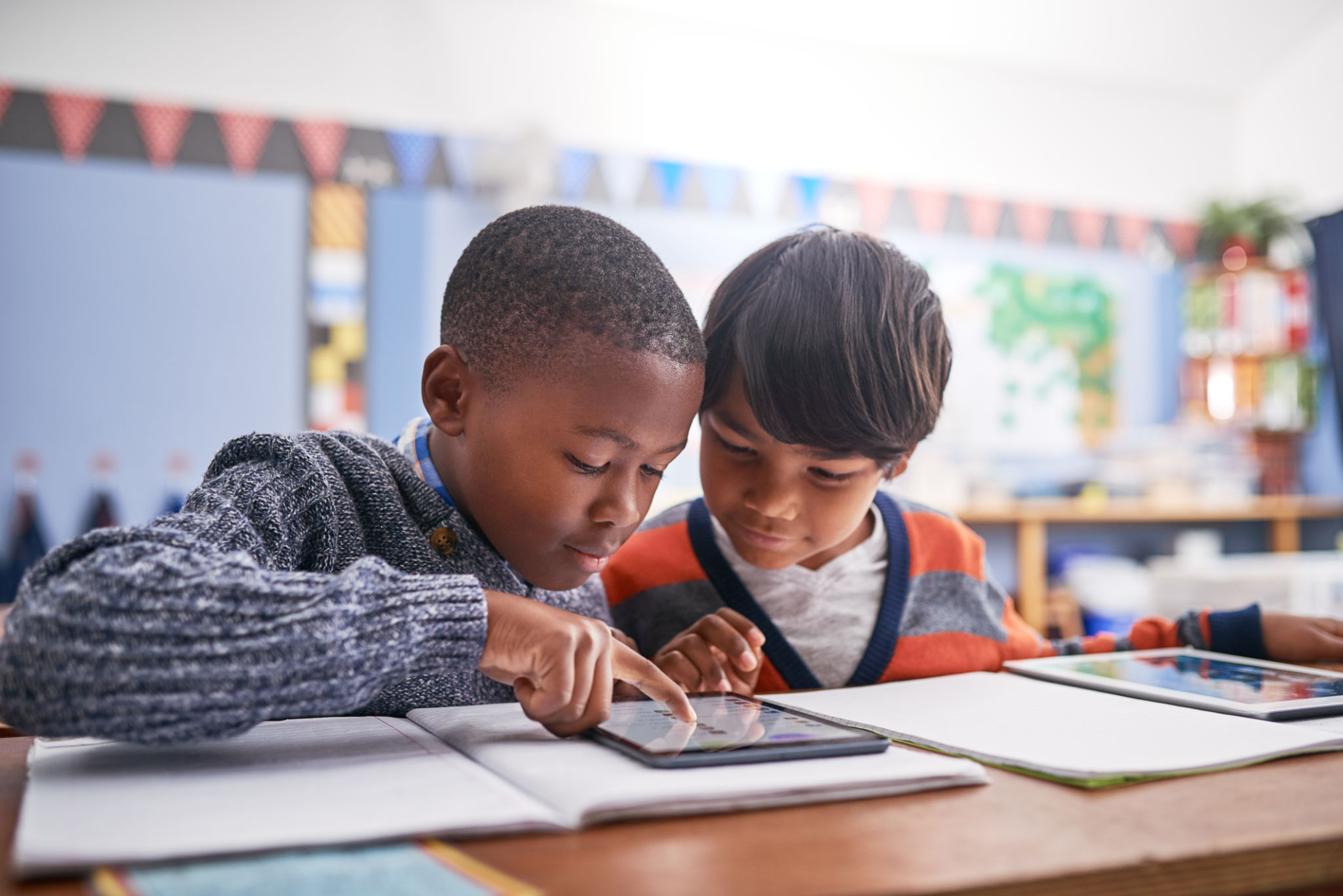The Role of Technology in Modern Education Centers
Introduction to Technology in Education
In the rapidly evolving landscape of modern education, technology plays a pivotal role in transforming how knowledge is imparted and acquired. It has become an essential component in bridging the gap between traditional teaching methods and contemporary learning needs. With the integration of technology, educational centers are better equipped to provide engaging, interactive, and personalized learning experiences.

Enhancing Learning Experiences
One of the most significant contributions of technology in education is its ability to enhance learning experiences. Through digital tools and platforms, students can access a wealth of information and resources that were previously unavailable. Online libraries, educational apps, and interactive modules allow learners to explore subjects in depth, at their own pace. Additionally, technologies like virtual reality (VR) and augmented reality (AR) offer immersive learning experiences that make complex concepts easier to grasp.
Interactive Classrooms
Interactive classrooms have become a staple in modern education centers. Technologies such as smartboards, tablets, and digital projectors facilitate dynamic teaching methods that engage students more effectively. These tools support a more collaborative environment where students can participate actively in discussions and projects. This interactive approach not only improves comprehension but also fosters critical thinking and problem-solving skills.

Personalized Learning Paths
Technology enables personalized learning paths tailored to individual student needs. With the help of data analytics and AI-driven platforms, educators can identify each student's strengths and weaknesses, allowing them to customize lesson plans accordingly. This targeted approach ensures that no student is left behind, promoting a more inclusive and supportive learning environment.
Adaptive Learning Systems
Adaptive learning systems are at the forefront of personalized education. These systems use algorithms to adjust the difficulty level of tasks based on the learner’s progress. By continuously adapting to the student's performance, these systems provide a tailored educational journey that maximizes learning potential. Students benefit from real-time feedback and an evolving curriculum that addresses their unique learning styles.

Collaborative Learning Opportunities
Technology fosters collaboration among students and educators, both locally and globally. Through online platforms, learners can connect with peers across the world, working together on projects and sharing diverse perspectives. Tools like video conferencing, cloud storage, and collaborative software enable seamless communication and teamwork, preparing students for future professional environments where global collaboration is commonplace.
Global Classrooms
The concept of global classrooms is gaining traction as technology dissolves geographical barriers. Students can partake in international exchange programs virtually, broadening their horizons and enhancing cultural understanding. These experiences are invaluable in developing a global mindset and preparing students for an interconnected world.
Conclusion: Embracing the Future
The role of technology in modern education centers is undeniably transformative. By embracing these innovations, educational institutions can provide richer learning experiences that meet the demands of the 21st century. As technology continues to evolve, it will undoubtedly open new avenues for education, shaping the future of how we learn and teach.
